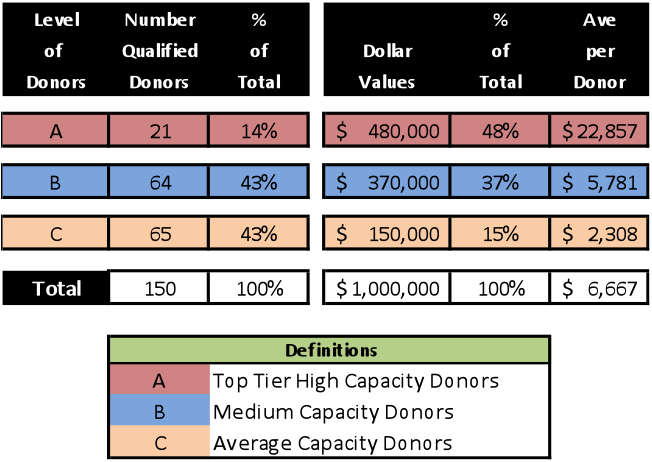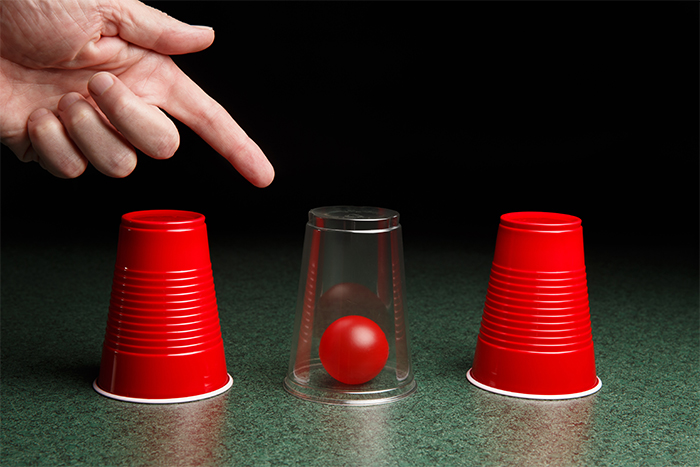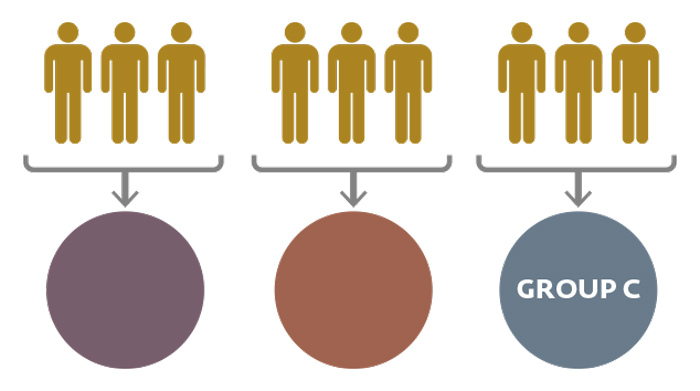The subject of caseload composition is a hotly debated topic in major gift circles, just like the subject of how many donors should even be on a caseload. What kind of donors should be on my caseload? I’ll answer that in a second.
In past posts, Jeff and I have answered the question of how many qualified donors should be on the caseload. In case you don’t remember, it’s 150. If you’re new to this blog or major gifts and you haven’t been following our discussions on this topic, I urge you to go back to past posts and catch up. It’s important. Mess this point up and you will surely fail.
The bottom line is this: any major gift caseload should not have more than 150 qualified donors on it. That’s the max. You could have less, but not more. By qualified we mean the MGO has actually contacted the donor and become convinced that the donor wants to relate to the MGO/Organization in a more personal way. Most major gift programs do not do this and it is the core reason for their failure.
But, once you get this straight, then the question of caseload composition comes up. That is, what kinds of donors should be on your caseload? By kinds I do not mean gender, age, ethnicity, political or religious leaning etc. By kinds, I mean a selection process that takes two factors into account: inclination and capacity.
Inclination means that the donor has actually given recently. (If they haven’t, why are you engaged with them?) This is so basic! Yet I often get into discussions with MGOs and managers about why Mr. Smith or Mrs. Jones, who hasn’t given for three years, is still a really good prospect! Even better than the 56 other donors who have given sizeable gifts in the last twelve months – it blows my mind. What are you thinking?!!!
Capacity means the financial ability of the donor to give.
So, if you put these two things together, which is more valuable?
- A donor that has a net worth of $150 million dollars and gave you $100 three years ago.
- A donor that is REALLY influential in the community and has a lot of connections and is interested in your cause.
- A donor that has a net worth of $10 million dollars and gave you $5000 three months ago.
I hope you picked the $10 million dollar net worth donor. Why? Because that donor is INCLINED to give to you. They are engaged. They are interested. They are with you.
The “really influential” donor hasn’t given you a penny. Oh yeah, I know. They say they’re interested and they DO know a lot of people. Well, ask them for a gift and see where it goes. I have heard this one so many times it makes my head spin. Remember the point from my past posts on the use of labor? YOU only have so much time. You need to use that time to develop economic value for your organization. Use it to nurture and coddle the “influential person” and be prepared to not meet your goals. Believe me. (Sorry, this one is really irritating.)
OK. Let’s say that you have your ability to select donors for your caseload all sharpened and on point. Now the question is this: “If I am using an inclination/capacity criteria to select donors for my caseload, and I am qualifying them properly, then how should I think about who is on my caseload, what value should I expect from them and how much of my labor should I invest?”
What we think about this is conceptually set forth in the following graph:

Let me walk you through this quickly.
If you have 150 qualified donors, in our experience, there should be three donor quality tiers:
- The A donor who is your top tier, high capacity, high inclination donor. They contribute above average gifts and make up almost half of the dollar value of your caseload. We think this group should be the smallest group of donors on your caseload, somewhere between 10-15% and contribute almost half of the total caseload value.
- The B donors are that group of donors who represent the medium contribution of your caseload. In the example above, they are the $5,000 giver. There are more of them – 40-50% – and they contribute over a third of the caseload value.
- The C donors are that group of donors who are the low end of your caseload, contributing the lowest average amounts.
Here are the big points of this chart:
- You should have a top tier group of donors who you have identified as having the inclination and capacity to give five, six and seven figure gifts to your organization. Make it a priority to figure out who these folks are and spend a greater portion of your time with them.
- You should have two levels of donors below that top tier. Those who have promise to move up into the top tier, the B donors, and those that don’t, the C donors.
- Once you have figured this out, manage your time and attention to fit this reality.
This is really all back to that simple concept we have all heard over and over again. The 80/20 rule which says the majority of the result comes from the minority of the effort. Or the majority of the revenue comes from the minority of the donors, etc.
If you only take from this post let it be this: You MUST tier your caseload in some high to low value categories. And you must then let that tiering drive your planning and approach to those donors. If you don’t do this you will wander; you will be out of focus; you will be driven by personal preference and emotion vs. thoughtfulness and, finally, you will not achieve what you want. And, to me, that is tragic.
Don’t let it happen.
Richard







0 Comments